An intriguing plant with many uses, the Shampoo Ginger Lily is a tropical plant native to Asia. Given the right conditions, this exotic plant can be grown both indoors and outdoors and is sure to provide you with beautiful, fragrant blooms along with other flavorful and medicinal benefits.
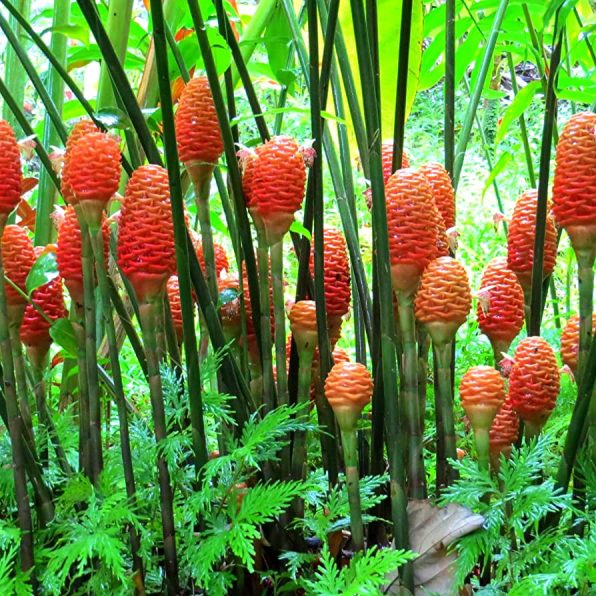
What is the Shampoo Ginger Lily Plant?
The Shampoo Ginger Lily plant is a member of the Zingiberaceae family of tuberous, herbaceous plants. It is indigenous to the tropical parts of Asia, likely around parts of India and Malyasia. At some point, via Polynesian settlers, this exotic plant found its way to Hawaii, where it is most commonly found growing wild due to the state’s ideal growing conditions.
When you see this plant the first thing you will notice is its bright red flower that is shaped like a pinecone, blooming at the top of a stem that can be up to 4 feet tall. It is typically surrounded by 10-12 narrow, green leaves. This red “pinecone” is filled with a milky-white substance that smells like ginger and is easily extracted to use in shampoo, hence the name Shampoo Ginger Lily.

Known by other names such as Bitter Ginger, Pinecone Ginger, Awapuhi Kuahiwi, and Zingiber Zerumbet, this plant is a relative of the ginger plant that is typically used to season foods and also has some medicinal properties.
While it is a beautiful plant, the Shampoo Ginger does require some special considerations when choosing to add it to your garden. It is best grown in USDA zones 8-12 as it is a tropical plant that requires temperatures above 55 degrees along with high humidity. It has a short growing season from Spring to early Fall. However, it grows quickly and can often reach up to 6 feet tall.
Many times, people choose to grow this lily in container gardens indoors so it can be enjoyed in all climates. Luckily, it is simple to grow by following this basic Shampoo Ginger Lily plant care guide we have provided.
Shampoo Ginger Lily Plant Basics
| Common Name: | Shampoo ginger, pinecone ginger, bitter ginger, wild ginger, awapuhi, awapuhi kuahiwi |
| Botanical Name: | Zingiber zerumbet |
| Plant Type: | Tropical, perennial |
| Size: | 4-6 feet tall, 4 inches wide |
| Light: | Full sun to partial shade, 6 hours sunlight/day |
| Soil: | Nutrient-rich, fertile, well-draining |
| Water: | 1 inch/week |
| Vulnerabilities: | Aphids, mites, root grubs, dry soil |
| USDA Zones: | 8 – 12 |
Shampoo Ginger Lily Fun Facts
The Shampoo Ginger Lily gets its name from its ability be used in shampoo or conditioner for the hair. That’s right, the flower or bright red blossom of this plant can be squeezed to produce a fragrant liquid that works wonders as a ginger-scented hair care product.
Aside from hair care, the Shampoo Ginger also has medicinal properties. While its roots are much like common ginger, they have a more bitter taste that is not as predisposed to using in food. Instead, they are dried and ingested to treat digestive issues such as diarrhea.
Having a harsher taste than its relative, common ginger, the Bitter Ginger plant is still used for flavoring certain foods. It has also traditionally been used to flavor meat by wrapping the leaves around the meat before it is cooked.
Shampoo Ginger Lily Plant Care Guide
Whether the Shampoo Ginger Lily plant is grown outdoors or in a container inside the house, there are some special growing recommendations regarding soil, water, and temperature to help it grow to its full potential.
Soil Needs
This tropical Pinecone Ginger is best grown in soil that is rich in nutrients and offers a light texture. It is pertinent that the soil has good drainage so as not to water log the rhizomes which can lead to rot.
If planting indoors, fill the container with a potting soil mix that includes vermiculite, perlite, and orchid bark. This mixture can also be added to outdoor soil that may not be as suitable for growing this plant. Adding this soil mix will allow for an airy soil that encourages the circulation of air, water, and nutrients.
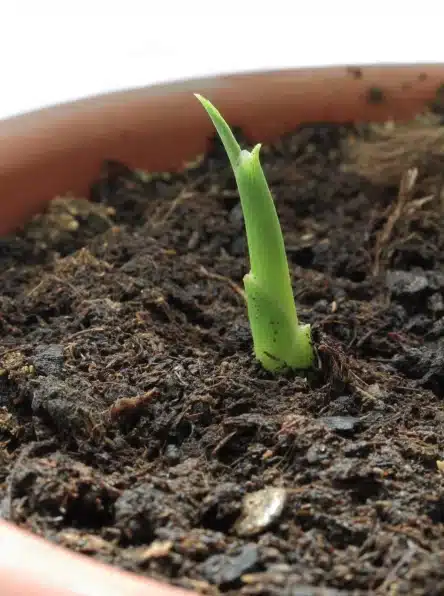
For maximum growth support, soil can be tested for acidity. This Ginger Lily happens to prefer a pH of slightly acidic (5.7) to neutral (8.0). It is also important to note that when choosing a pot for indoor planting, it should have holes in the bottom for proper drainage.
Water Needs
Water is important to any plant, but the Shampoo Ginger Lily especially thrives in consistently moist soil. The only time its soil should be allowed to be dry is in the winter during its dormant season.
Moist soil is most important during its growing season from early spring to fall, and even more so when its pinecone blooms are showing. Plan to water this plant approximately once per week with about 1 inch of water. It works best to check around the roots to make sure the top inch of soil is not dried out.
Remember – do not over water this plant as it will become waterlogged, inviting root rot. Also always water the soil, not the leaves, to prevent fungal infections.
Lighting Needs
The lighting needs of the Shampoo Ginger include full sun or partial shade. As a tropical plant they enjoy their time in the sun, typically needing about 6 hours of direct or indirect, bright sunlight.
Outdoors it is best to find a spot that is not in full direct sunlight all day. Rather find a place that will provide partial shade or scattered light through other taller growing plants.
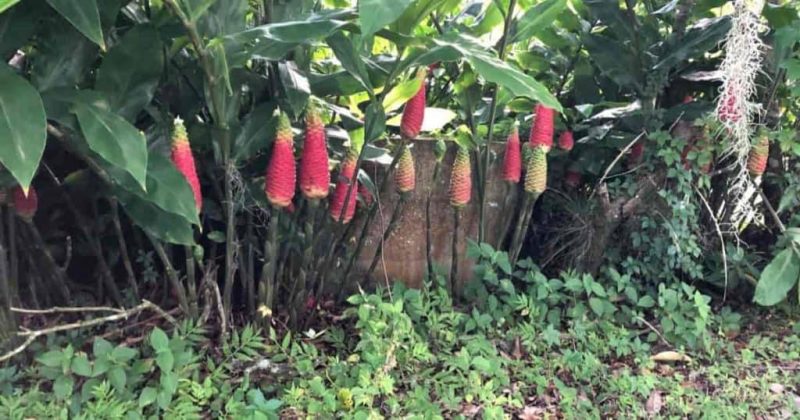
Indoors the Zingiber zerumbet does best in an east facing window so that it gets the brightest sunlight early in the morning. A south facing window is also suitable for exposure throughout the day.
Temperature & Humidity Needs
As mentioned before, this Bitter Ginger plant is accustomed to a tropical environment. This typically calls for warm and humid conditions. USDA Growing Zones 8-12 are the best option for growing these plants outdoors as they are not able to withstand lower winter temperatures.

Ideally, the Shampoo Ginger Lily prefers to be in temps around 70-77 degrees Fahrenheit. However, maintaining a temperature above 55 is also suitable. It is not recommended that this plant be left outdoors if a temperature below 32 degree is expected.
A humidity level of 50% is recommended for optimal growing conditions. This is usually easiest to maintain when the plant is grown indoors.
Fertilizing the Plant
Fortunately, with well drained soil and proper growing conditions, your Shampoo Ginger Lily plant will not require much, if any, fertilization.
If you do want to give it an extra boost, it is recommended that you use a fertilizer that is high in phosphorus. Any fertilizer label will tell you the amount of NPK in its product. Organic fertilizers such as compost tea or manure are also great options.
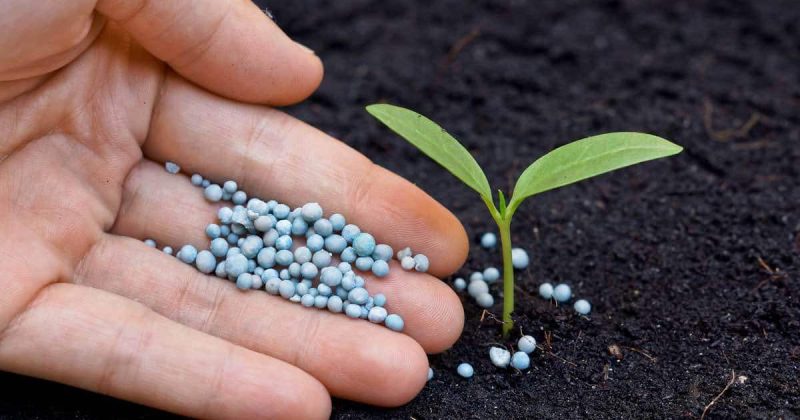
Fertilizer should only be added during the growing season, especially early to promote rhizome growth and then later to encourage healthy blooms. Only use fertilizer about once per month in the spring and summer.
Pruning Method
When it comes to Shampoo Ginger Lily care, pruning is beneficial, but not a necessity. This perennial is fast growing so can easily take over a garden space in just a few years if given the right conditions and left uncut.

To avoid it over-taking your space you can simply prune it once or twice during its growing season. Start by pruning off any dead leaves or those that look diseased as well as any flowers that have already turned from green to red and appear to be losing color. You can also cut back healthy leaves or stems that are over-crowded.
Once the Ginger lily reaches the end of its growing season, cut back all stems and leaves near the base. Flowers that are cut and squeezed provide an aromatic liquid that can be added to shampoos or lotion.
Propagation Method
The Shampoo Ginger Lily is a great plant to grow, divide into pots and use as gifts for your plant-loving friends. Propagation is simple and can be done with plants growing outdoors or those in pots.
All you need to do to propagate the Ginger Lily is carefully dig up the rhizome, the hard clump just under the soil, that is also the root of the plant. After removing the dirt, you can divide the rhizome into several pieces. These pieces should be left to dry in a dark spot for several days until a callus forms on the area that was cut.

After soaking the rhizome in some clean water, you can replant each individual bud in its own pot with a nutrient-rich, airy potting mix as mentioned above in the “Soil” section. It is recommended that you allow the rhizome to sprout before then replanting it outdoors if you wish.
Shampoo Ginger Lily Similar Varieties
The Shampoo Ginger Lily is a part of the Zingiberaceae family, which has several similar relatives. They are all tuberous plants that thrive in warm, tropical-type conditions. They are native to Asia but can also be found in Hawaii.
- Zingiber officinale – This is the common ginger whose root you would find in grocery stores and use to flavor your food. Also called Common Ginger, the plant is similar to Shampoo Ginger with its green foliage and bright red flowers.

- Zingiber spectabile – Another relative, this ginger plant is also used in food and has an exotic appearance. Known as Beehive Ginger or Ginger Wort, its flowers are yellow and resemble a beehive.
- Zingiber mioga – One of the lesser known ginger plants, this one has simple green shoots and flowers that have a more spicy flavor than its counterparts. Also known as Japanese Ginger.

- Curcuma longa – Another aromatic rhizome used in culinary dishes; this is the ginger plant that is used to make turmeric.
Shampoo Ginger Lily Common Problems
Fortunately, the Shampoo Ginger Lily is a fairly simple plant to grow and does not require a lot of attention or attract a lot of problems. These are a few of the most common issues for the Bitter Ginger.
Growing – As long as the recommended care and growing tips are followed, there are not a lot of problems with growing this rhizomatic flower. Its biggest concern is waterlogging, or overwatering, which can cause root rot. You’ll know if you have overwatered your lily if the leaves begin to turn yellow and the base of the plant appears soft and brown.
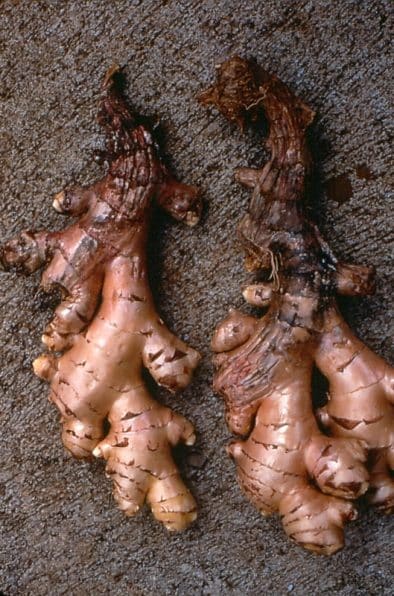
Diseases – None that we are aware of.
Pests – There are three common pests that are often found on or around the shampoo ginger plant – cardamom root grubs, mealybugs, aphids, and spider mites. As its name suggests, the root grub can eat and cause damage to the rhizomes under the surface. Get rid of him with some insecticidal soap applied to the soil.
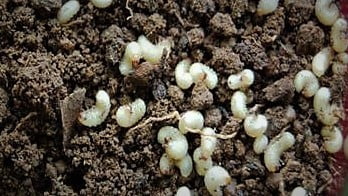
As for the spider mites, aphids, and mealybugs, they will cause damage to the stems and leaves by sucking the nutrients from them. As the congregate on the underside of the leaves, these pests are often difficult to spot. They are easily treated by spraying the leaves with water and then neem oil after they have dried.
FAQ’s
Where do I go to buy a Shampoo Ginger Lily plant?
These plants can be purchased at your local garden store or nursery; however, they may be rarer in areas with colder climates. Many times, gardeners will obtain a Shampoo Ginger Lily by having a friend who divides the rhizomes and shares them as a potted plant.
There are some online stores where you can but Shampoo Ginger Lily plant rhizomes, or bulbs and plant them yourself.
What does Shampoo Ginger Lily smell like?
The liquid that is produced by the inflorescence of the Shampoo Ginger Lily smells much like the aromatic, dried ginger that comes from the common ginger plants root and is also used to season food.
Is Shampoo Ginger Lily good for your hair?
Yes, one of the benefits of this exotic plant is the liquid that can be extracted from the bloom of the Shampoo Ginger Lily that is good for your hair as a shampoo or conditioner.
What is Shampoo Ginger Lily good for?
It is good for hair products such as shampoo or conditioner. The roots can also be dried and used as a bitter seasoning. It also has anti-inflammatory properties that help treat digestive issues, headaches, toothaches, and even skin diseases.


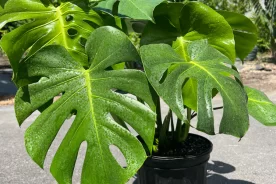
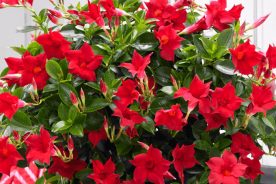

No Comments